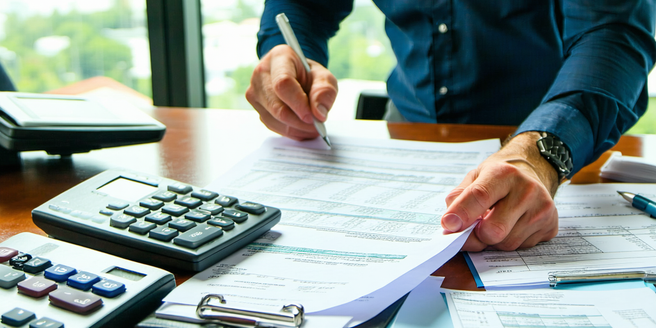How To Manage Rental Property Expenses

Understanding Essential Rental Property Costs
Managing rental properties involves understanding various costs that can significantly impact financial performance. These essential costs include mortgage payments, property taxes, insurance, and HOA fees if applicable. Additionally, utilities, maintenance, and repair costs must be factored in to ensure the property remains habitable and complies with local regulations. Investing in landlord insurance can also safeguard against unforeseen liabilities, providing peace of mind. Understanding vacancy rates and preparing for these periods can help mitigate the adverse effects of insufficient rental income. Regularly revisiting and thoroughly understanding these costs are crucial steps for any property owner striving to achieve financial stability. Last but not least, keeping abreast of economic fluctuations can help you anticipate changes that may impact property-related expenses.
Creating a Comprehensive Budget Plan
A comprehensive budget plan is a cornerstone of managing rental properties effectively. Begin by listing all potential income sources, predominantly rent, and subtract consistently anticipated expenses like mortgage payments, insurance, and maintenance fees. It’s important to allocate a portion of funds for potential vacancies and unexpected repairs that inevitably arise. By tracking every penny, it becomes easier to notice discrepancies and areas where spending may be curbed. Prioritize budgeting for capital expenditure to ensure property improvements that enhance value can be accommodated without financial strain. Review and adjust your budget periodically to reflect any changes in rental laws, taxes, or economic conditions that could affect profitability. Maintaining a flexible yet structured budget lets you focus on long-term financial goals.
Tracking Rental Income and Expenses Effectively
Effectively tracking rental income and expenses is crucial for successful property management. Begin by setting up dedicated bank accounts to clearly separate personal and rental income transactions. Utilize spreadsheets or property management software to record every transaction, documenting dates, amounts, and descriptions. Categorize expenses like maintenance, utilities, and insurance separately, enabling precise monitoring of cash flow and ensuring nothing is overlooked during tax season. Regular audits of financial statements are essential to identify potential discrepancies or inefficiencies early on. This comprehensive tracking not only aids in optimizing profitability but also provides transparency, making it easier to validate financial performance and make informed decisions. Ensuring detailed records are kept can significantly ease the burden of any financial scrutiny.
Leveraging Technology for Financial Management
In today’s digital age, leveraging technology is essential for efficient financial management of rental properties. Property management software solutions offer tools to automate and streamline various tasks, from rent collection to maintenance requests, effectively saving time and reducing human error. Cloud-based accounting software, like QuickBooks or Wave, provides features for real-time financial tracking even when on-the-go, offering insightful dashboards that help visualize income and expenses clearly. Additionally, setting up digital payment systems can accelerate transactions and provide secure, instant records of all financial activities. Implementing technology reduces admin burdens and enhances financial oversight, fostering an organized approach to managing rental properties. Staying informed on technological advancements can offer new solutions and enhance the overall efficiency of property management.
Strategies for Minimizing Unnecessary Expenditures
Minimizing unnecessary expenditures is a vital strategy in maximizing rental property profitability. Begin by conducting regular maintenance checks to ensure minor issues do not escalate into costly repairs. Energy efficiency upgrades, such as LED lighting and efficient HVAC systems, can significantly reduce utility costs over time. Encouraging long-term tenant occupancy through incentives like timely repairs and dedicated service can minimize turn-over rates, lowering vacancy-related expenses. Always compare vendor prices for repairs and services to ensure competitive rates without compromising quality. Regularly review your accounts to identify fluctuating costs that could be reduced or eliminated, allowing you to refocus financial resources on vital areas and improving overall financial health.
Preparing for Long-Term Maintenance and Repairs
Preparing for long-term maintenance and repairs is crucial in preventing unexpected financial strain on rental property owners. Begin by setting aside a contingency fund dedicated to handling emergency repairs, ensuring swift responses to urgent issues. Creating a schedule for regular, preventative maintenance can help prolong the life of critical systems, such as HVAC, plumbing, and electrical networks, reducing long-term repair costs. Engage reliable contractors to conduct routine inspections, identifying potential future issues that could be addressed proactively. Preparing for capital improvements, such as roof replacement or structural repairs, should be incorporated into a long-term financial plan, mitigating the impact on annual budgets. Staying informed about the property’s condition ensures stability and protects the value of the investment, contributing to sustained profitability.